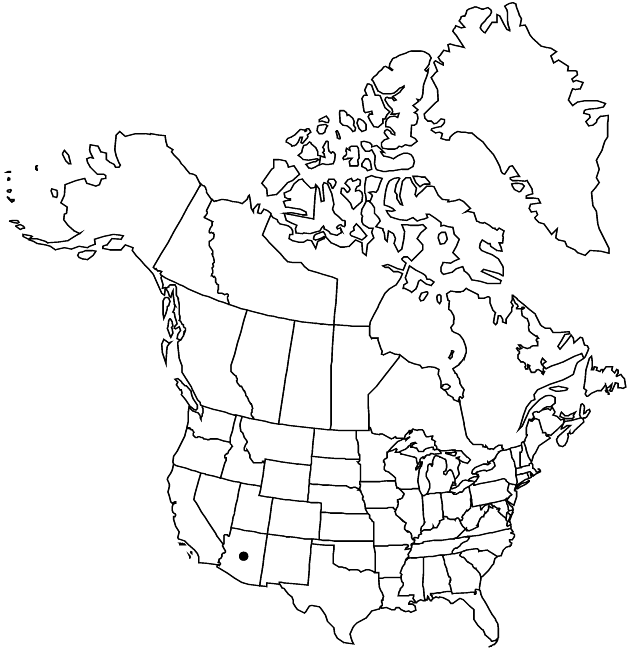Difference between revisions of "Bidens aurea"
Bot. Gaz. 59: 313. 1915.
FNA>Volume Importer |
FNA>Volume Importer |
||
| Line 14: | Line 14: | ||
|name=Bidens aurea var. wrightii | |name=Bidens aurea var. wrightii | ||
|authority=(A. Gray) Sherff | |authority=(A. Gray) Sherff | ||
| − | }}{{Treatment/ID/Synonym | + | }} {{Treatment/ID/Synonym |
|name=Bidens ferulifolia | |name=Bidens ferulifolia | ||
|authority=unknown | |authority=unknown | ||
| Line 55: | Line 55: | ||
|publication year=1915 | |publication year=1915 | ||
|special status= | |special status= | ||
| − | |source xml=https://jpend@bitbucket.org/aafc-mbb/fna-data-curation.git/src/ | + | |source xml=https://jpend@bitbucket.org/aafc-mbb/fna-data-curation.git/src/8f726806613d60c220dc4493de13607dd3150896/coarse_grained_fna_xml/V19-20-21/V21_517.xml |
|tribe=Asteraceae tribe Heliantheae | |tribe=Asteraceae tribe Heliantheae | ||
|subtribe=Asteraceae (tribe Heliantheae) subtribe Coreopsidinae | |subtribe=Asteraceae (tribe Heliantheae) subtribe Coreopsidinae | ||
Revision as of 15:35, 18 September 2019
Annuals [perennials], (10–)50–100[–250] cm. Leaves: petioles 20–40 mm; blades deltate or lanceolate to lance-linear overall, (30–)50–120(–220) × 10–50(–150) mm, sometimes either 1-pinnately lobed, primary lobes 3–5+, lanceolate to lance-linear, 30–120 × 3–25+ mm, or 2-pinnatisect, ultimate lobes linear, 5–30 × 1–2+ mm, bases truncate to cuneate, ultimate margins entire or serrate, seldom ciliate, apices obtuse to acuminate, faces glabrous or puberulent. Heads in ± corymbiform arrays. Peduncles (10–)40–60+ mm. Calyculi of 8–12(–17) usually erect, linear, seldom foliaceous bractlets 3–6 mm, margins ciliate, abaxial faces usually glabrous, sometimes hispidulous at bases. Involucres campanulate to hemispheric, 4–6 × 5–10 mm. Phyllaries 8–12, ovate to lanceolate, 4–5(–7) mm (margins usually yellow). Ray florets 5–6; laminae yellow, 10–30 mm. Disc florets 12–30(–60+); corollas yellowish, 3–4 mm. Cypselae dark brown to blackish, ± flattened, sometimes unequally 3–4-angled, ± linear, outer 4–6 mm, inner 5–7 mm, margins not barbed or ciliate, apices truncate, faces weakly 2-grooved, glabrous or sparsely strigillose, sometimes tuberculate; pappi 0, or of (1–)2(–4) erect to spreading, retrorsely barbed awns (1–)1.5–4 mm. 2n = 24 (Mexico).
Phenology: Flowering mostly Aug–Sep.
Habitat: Marshes, borders of streams, other wet sites
Elevation: 900–2000 m
Distribution

Ariz., Mexico, Central America, introduced in Europe.
Discussion
Selected References
None.